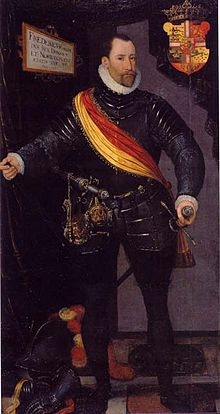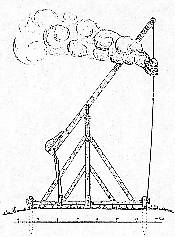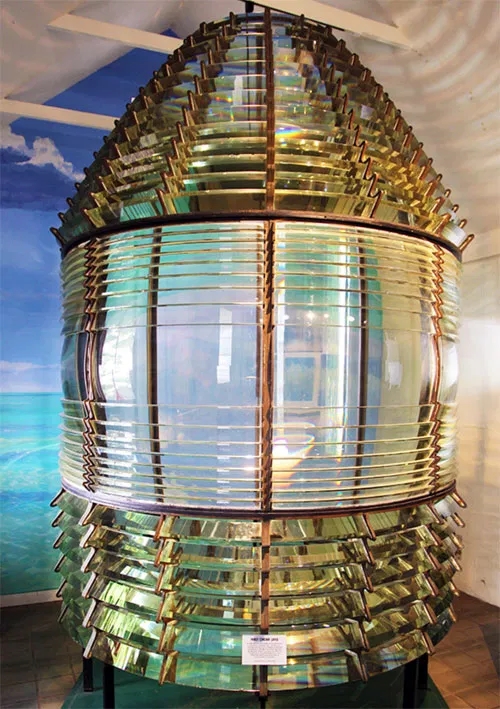 Some history about Lighthouses and specifically Danish ones... (General info on wikipedia)
Some history about Lighthouses and specifically Danish ones... (General info on wikipedia)
An organized lighthouse service’ in Denmark, started with King Frederik II who in 1560 sent a message to Otto Brahe, sheriff at Aalborghus, Jacob Brockenhuus, sheriff at Helsingborg and Jenns Jul, sheriff at Kalø, who commissioned them to establish marking of the sailing route between Skagen and Falsterbo (Sweden), with the lighthouse positioned at Skagen, Anholt and Kullen (Sweden).
This was the first time in history where a sea route was marked. For the first lighthouses a fireplace was used as a light emitter. The fire was initially placed on a so-called "fire pan", later in an iron stand called the "lamp", which could be raised up to a height of about 20 cubits (12.5 m.).
The construction in which the lamp was placed is not known with certainty. It is known that it was called a "Parrot", but has no sources that certainly depict a "Parrot". The use of wood as a firing material eventually made such an impact on the surrounding forests that it was necessary to retrieve it from afar. Since the work of keeping the lighthouse lit was so difficult, even considering the circumstances of that time, another light source had to be found.
Until 1606, locally produced fish liver oil was used; then light tallow was used; and later – from around 1620 - coal. For the fish oil and tallow lights, wooden lighthouses were employed, with a so-called "lantern" at the top part where the lights were placed.
When the coal took over, the coal fire was initially placed on top of the existing lighthouses. That was soon found to be a mistake. On the one hand, the movement of coal was difficult, and on the other hand there was a great risk of a fire.

The solution to this came in the form of the tipping lantern (bascule light), which became a huge success. They were in use in lighthouses until 1788 (Anholt) and at harbour lighthouses for even longer.
Gradually, however, the tipping lanterns were replaced by brick lighthouses with open charcoal on top. The coal fires were later improved by placing the fire inside a covered metal structure with panes (lanterns). It was the forerunner of the modern lighthouse. The coals were later replaced by lamps from which the light was reflected and amplified by mirrors.

The next great revolution came with the Frenchman Fresnel's invention of lenses for brightening the light. The first lighthouse with a lens was Kronborg (1842). Lenses remain to this day the most effective method of amplifying the light. Of course, the lens systems have been improved and refined over time, but the principle is the same as invented by Fresnel.
The lighting sources have also been continuously improved. Lamp development went from lamps with wick, to more efficient incandescent lamps, to electric incandescent lamps - which until recently were used everywhere. Development does not stop and nowadays halogen bulbs, LEDs, and other light sources - and light amplifiers - are preferred.
(source: text and tipping lantern drawing other pictures ‘google search’)
The routes that I plan to use can be seen on my ride-page.
Read here about a sad story related to lighthouses